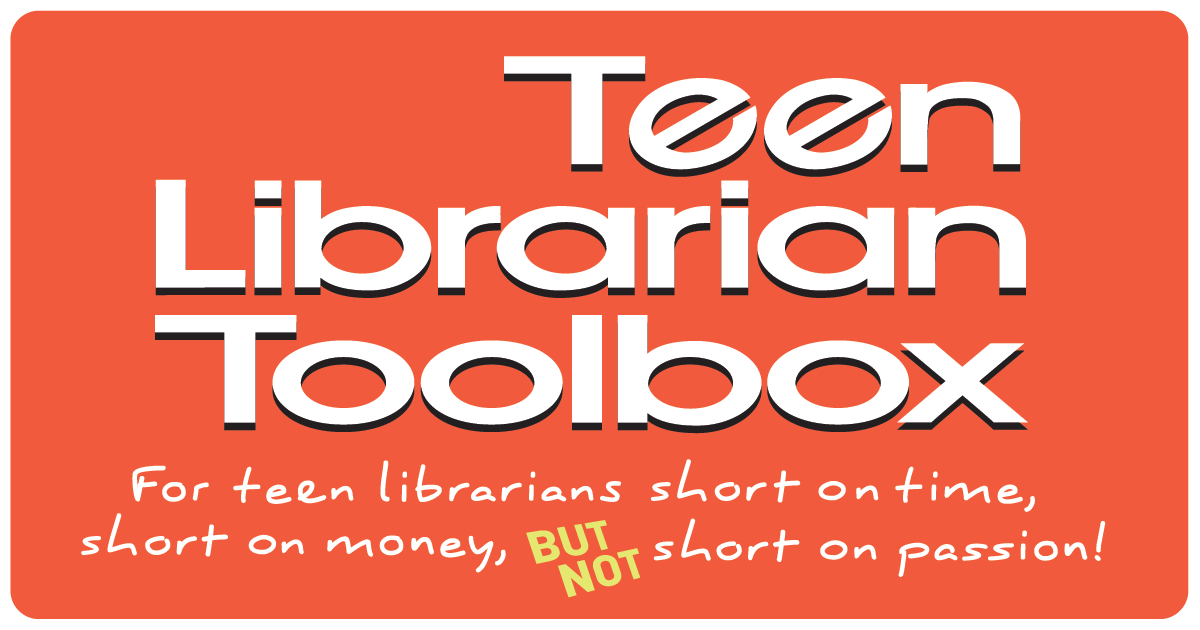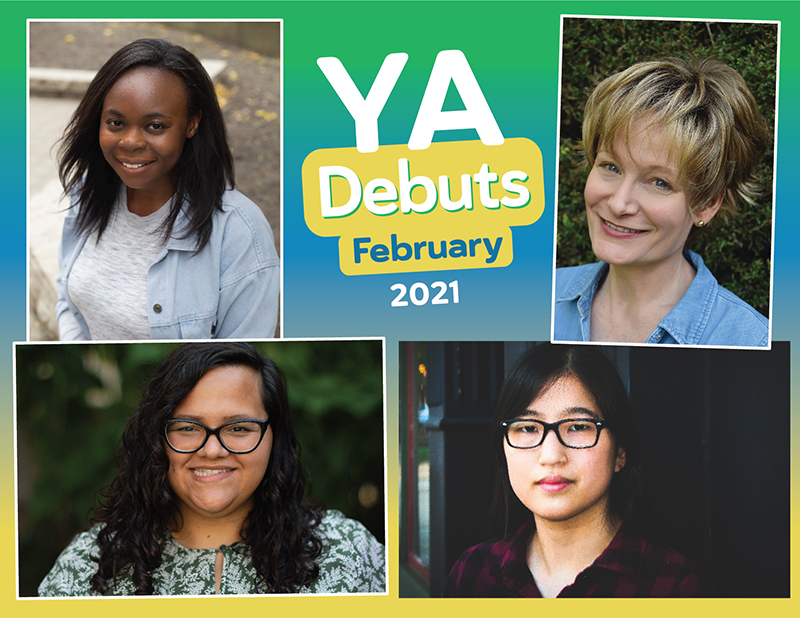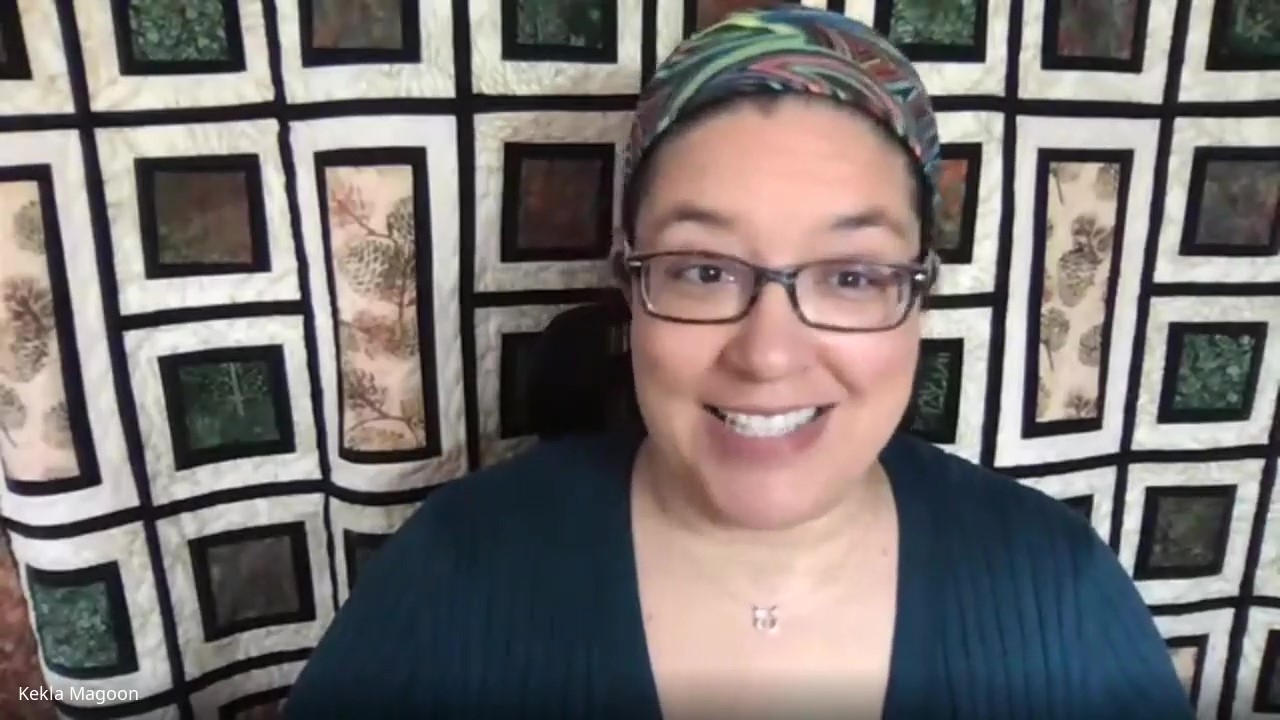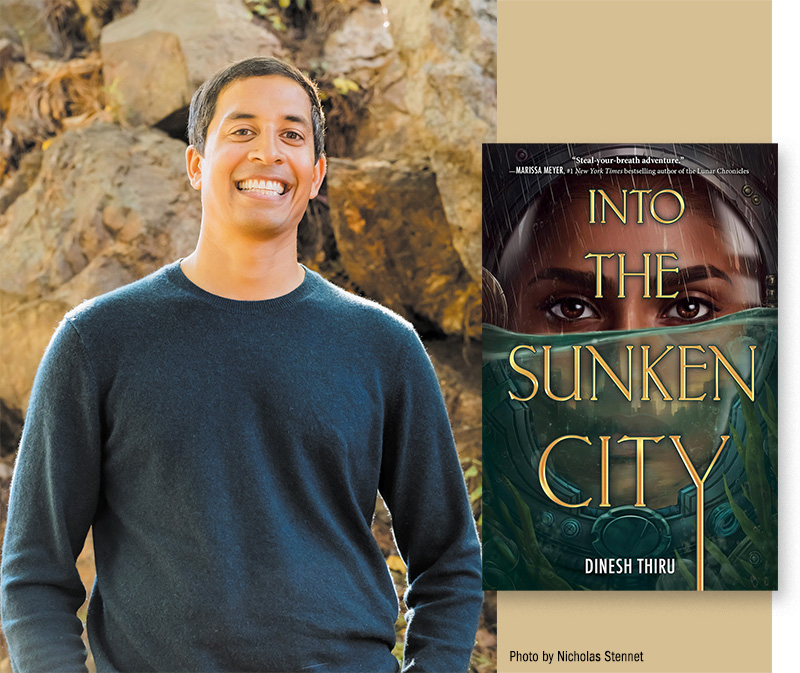Using Magical Realism to Tackle Tough Topics in Middle Grade, a guest post by Heather Murphy Capps

I write about tough topics. I tackle painful historical events, thorny social justice issues, and difficult people—all for an upper middle grade audience. I love this space—love it—because the age group (our 12-15 year olds) is entering that amazing developmental period where they are asking deeper, harder questions, and they’re not satisfied with simple answers. They’re signaling that they’re ready for—in fact actively seeking out—books with more complex subjects and themes—but of course we know that, in spite of their burgeoning maturity, they’re not adults, not yet.
This unique place of being ready but still being vulnerable and young is why magical realism is such a necessary narrative technique for handling these subjects, and why I’m so glad to see librarians and educators lean into this genre.
ADVERTISEMENT
ADVERTISEMENT
Magical realism is often mischaracterized, so I want to be clear. We’re not talking fantastical or supernatural beings whose otherworldliness drives the plot. We’re also not talking about speculative fiction, with hallmarks of fantasy or alternative realities. I love those genres—but their narrative tools for reaching middle grade readers are different from magical realism.
Magical realism imagines stories about real people and places layered with a few magical elements—the key difference being that the magical elements are mostly a normal part of life. But this small amount of magic is powerful—because its existence makes tough topics palatable by creating distance, forming a protective buffer between young readers and what could be overwhelming subject matter.
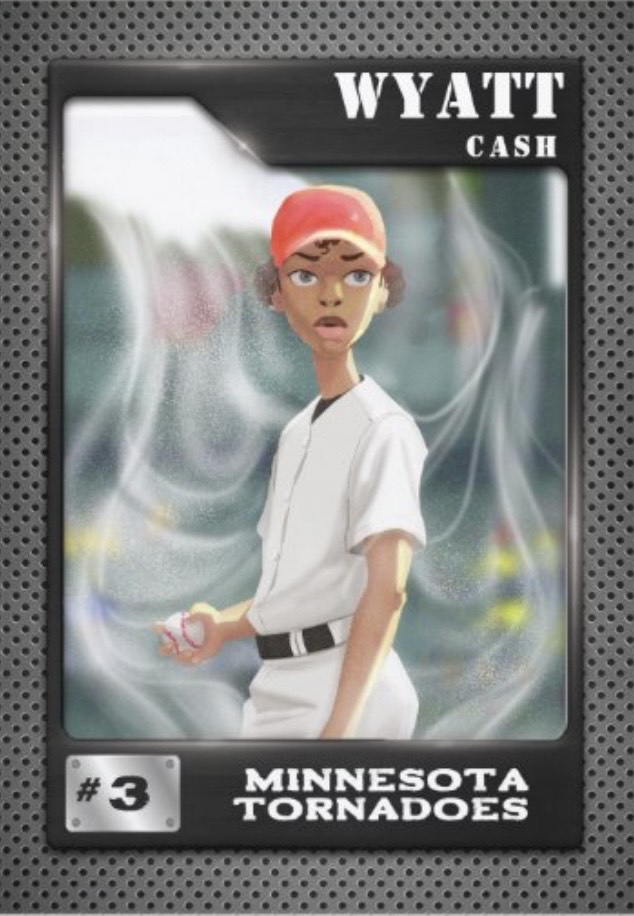
In my most recent novel, THE RULE OF THREE, my main character is Wyatt—a biracial middle school baseball player. His life is relatable—he wants to survive middle school and win a spot on a travel baseball team. In fact, he’s got a three-part plan to make all that happen, and he’s got a best friend who will be by his side all the way. But then he suddenly develops an embarrassing trait: he spews smoke out of his hands when he gets stressed out, like when he fends off the constant microaggressions he faces at his mostly white school. He’s watched his father grapple with this smoke trait his whole life—he just never expected to develop it himself. He’s mortified by the smoke, but he doesn’t treat it as though it’s an inexplicable, supernatural event. For a brief moment, he uses his smoke to intimidate bullies like those who make his life miserable. Ultimately, however, he learns that his and his father’s smoke is a family legacy born of a painful family history, one which they can overcome if they work on it together. This last element of the plot does break from traditional magical realism, where the magic is never explained. In THE RULE OF THREE, it’s necessary to explain the origins of the smoke because it represents the stress and trauma Wyatt and his father are recovering from. In order to heal, they need to understand where it comes from and why it became one of their inherited family traits.
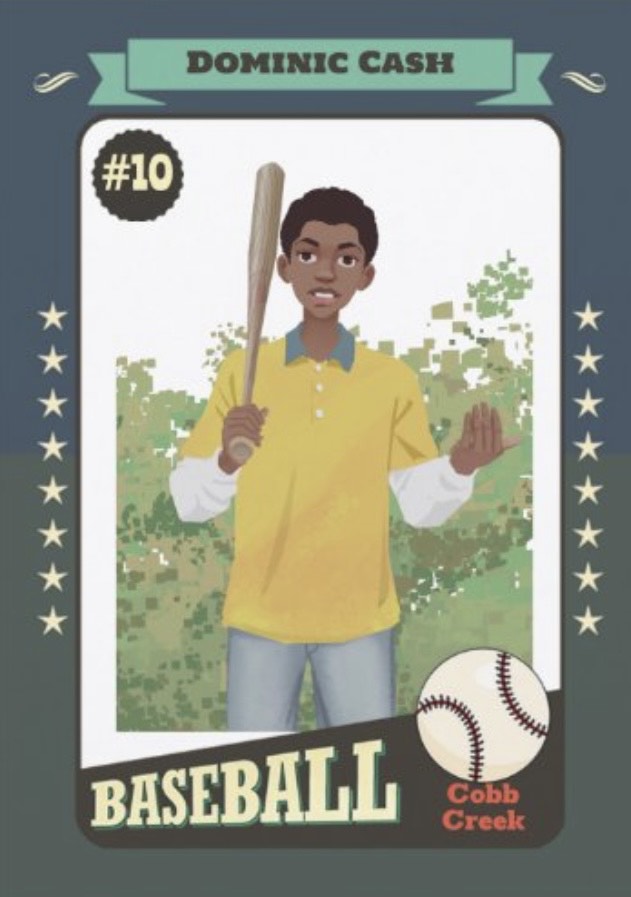
I wrote THE RULE OF THREE because I wanted to explore two topics: epigenetics —the genetic legacy of trauma; and the 1985 bombing of the MOVE home. MOVE was a Black liberation movement, and they lived in a communal house in a predominantly Black neighborhood in Philadelphia. A prolonged standoff between MOVE and police ultimately ended when the city dropped a bomb on the MOVE home. The bomb exploded a nearby gas can, which resulted in a fire that leveled the entire block, killing 11 people, 6 of them children.
I was actually living near Philadelphia in 1985, and like everyone else in the city, was horrified as I watched this assault unfold on television. Decades later, I happened to mention it in conversation—only to learn that no one in this group of adults my age knew what I was talking about. This is when I realized how necessary it was to tell this story, to not let it disappear. But it’s a hard story to tell, one that includes describing the trauma the survivors would cope with the rest of their lives. Moreover, it’s important to acknowledge that in a predominantly Black American community, this history of violence began centuries before that terrible day. Magical realism truly felt like the only way to safely describe for my readers what happened that day.

Another reason I like to use magical realism to tackle tough topics is that it is uniquely a vehicle for social observation, which makes it a powerful expression for disenfranchised, marginalized voices and communities traumatized by violence. Making this genre available to middle graders is important not just because it makes these subjects accessible in a constructive way, but these books also open conversations on cultural competence, social emotional learning, and social justice.
It’s equally valuable to note, however, that as middle grade writers, we all seek to be thoughtful about preserving and nurturing hope in this age group. Magical realism does that too—imbues lightness and optimism. Middle grade books are a powerful tool for teaching resilience—which is why Wyatt’s story also incorporates joy and celebration and ends on a happy, positive note. Similarly, with my debut novel, Indigo and Ida, I used light touches of magical realism to give readers a glimpse into what it looks like after the hard parts of life have been faced. I wanted to reinforce the faith that we can overcome challenges and come out the other side better and stronger.

These days, writing and recommending books about tough subjects can feel risky…but there’s never been a time when it’s more necessary to offer readers greater depth and breadth of subjects and diversity of characters. I’m so grateful to our libraries for standing up for good books, for supporting and protecting our children’s need to learn, grow, explore, and think in ways that are respectful of both their ages and their curiosity.
ADVERTISEMENT
ADVERTISEMENT
If you’re looking to read more magical realism, here are a few other terrific books in the middle grade space: Turtles of the Midnight Moon by María José Fitzgerald When You Trap a Tiger, by Tae Keller, and Josephine Against the Sea, by Shakirah Bourne.
Meet the author

HEATHER is an award-winning author of Upper Middle-Grade books about history, social justice, science, & magic. She is a mother of two and an education equity activist. As a biracial author, Heather is passionate about creating diversity in publishing. Her critically acclaimed debut novel Indigo and Ida received two starred reviews, made Booklist’s 2023 “Top 10 First Novels for Youth,” and was a finalist in the Jane Addams 2024 Children’s Book Awards. Her second novel, The Rule of Three, has been called a “noteworthy novel…,” and “authentic and nuanced.”
Links:
Website: https://heathermurphycapps.com
Instagram: https://www.instagram.com/hmcwrites
Educational Guide: https://heathermurphycapps.com/books/the-rule-of-three
Book purchase: https://linktr.ee/hmcwrites
About The Rule of Three
When the rules no longer apply, how do you keep your head in the game?
Wyatt has a three-part Plan for Life, and it starts now, at the beginning of seventh grade, with tryouts for his local travel baseball team. A biracial kid in a mostly white town, he’s always felt like a bit of an outsider. The baseball field is the only place where he feels like he truly belongs. If he can just make the team, everything else will fall into place: school, friends, even his relationship with his often-distant dad.
But after upsetting incidents at tryouts, something inexplicable happens: wisps of smoke form around Wyatt.
As Wyatt tries to figure out what’s causing this mysterious smoke and how to control it, he discovers it’s connected to a painful family history. The more he learns, the more Wyatt begins to question the rules he’s always followed to fit in. With tensions rising at school and on the field, can he face the injustices of the past while keeping his cool in the present?
ISBN-13: 9798765608296
Publisher: Lerner Publishing Group
Publication date: 08/06/2024
Age Range: 11 – 14
Filed under: Guest Post
About Amanda MacGregor
Amanda MacGregor works in an elementary library, loves dogs, and can be found on Twitter @CiteSomething.
ADVERTISEMENT
ADVERTISEMENT
SLJ Blog Network
One Star Review, Guess Who? (#211)
Cover Reveal and Q&A: Dusti Bowling’s Latest – The Beat I Drum (Apr 2025)
Kevin McCloskey on ‘Lefty’ | Review and Drawn Response
Notable NON-Newbery Winners: Waiting for Gold?
The Seven Bills That Will Safeguard the Future of School Librarianship
Gayle Forman Visits The Yarn!
ADVERTISEMENT

